First interest rate cut in years, a new operational framework, the renunciation of a flagship greening measure on its collateral framework … 2024 has been a busy year for the European Central Bank (ECB). Unfortunately, 2024 has also been a busy year for the climate crisis with the hottest summer on record (1). And, despite the urgency, the ECB made limited progress to help solve this. But, there is still time to turn the year around: central bankers must act within their power to limit the impact of climate change and ensure a speedy transition.
Some progress
In March 2024, the ECB announced changes to its operational framework for implementing monetary policy (2). Under one of the new guiding principles, the ECB argued that “the design of the operational framework will aim to incorporate climate-related considerations into the structural monetary operations”.
Publications from the ECB also showcased some advances with the inclusion of nature and biodiversity concerns in its Climate and Nature Plan 2024-2025 for example (3). In June, the ECB’s climate-related disclosures revealed that fossil fuel exclusions gained ground in its non-monetary portfolios and were now applied to all corporate assets from the ECB pension fund (4).
Furthermore, the ECB moved forward with the integration of climate and environmental risks in its supervisory activities. In May 2024, it was revealed that four lenders, from the 113 banks under the ECB’s direct supervision, may be facing penalties due to not meeting deadlines set by the ECB for assessing their exposure to climate risks – with details to be announced at the end of 2024 or start of 2025 (5).
But mostly missed opportunities
Still, the above-mentioned progress is yet to turn into a supporting force for climate action. The Climate and Nature plan is for the most part a repetition of the older climate roadmap – apart from the nature addition –, without additional concrete steps. The new operational framework lacked details on how the secondary objective will be supported. On the contrary, the focus on keeping the ECB’s balance sheet as lean as possible could limit the ECB’s ability to support the green transition (6).
In addition, the ECB monetary policy has continued to involuntarily harm the transition: high interest rates disproportionately affect investments into renewables as they require more upfront costs relative to their total cost (7). The interest rates cuts in June and September would have been the perfect opportunity to introduce a system favoring green investments. Instead, the ECB lowered interest rates with no distinction between investments needed for the green transition, and those harming it.
Moreover, when asked about the obstacles to green investments, the ECB focused on pushing for the completion of the capital markets union (CMU) (8). However, the CMU’s proposed design is not fit for this purpose as it does not prefer green investments over others (9).
Time to end procrastination
With the climate crisis intensifying, time is of the essence for ambitious actions from all decision-makers, including central bankers. Firstly, as a supervisor for European banks the ECB must carry out the threat to the banks which failed to meet its supervisory expectations regarding climate and environmental risks (10). Sanctions should be applied transparently and should serve as a strong deterrent for any banks which fail to adequately account for these risks despite having been given ample time to do so.
Considering the potential of robust transition plans to both mitigate climate-related risks and contribute to the transition, the ECB should ensure banks adopt such plans. To be effective and avoid greenwashing, these plans would need to be sufficiently robust. As the fossil fuel sector concentrates risks and impacts, the ECB should especially look at how banks are limiting their services to the sector and ending any support to new production.
In addition, the ECB announced in July 2024 that it had abandoned its original plan to incorporate climate-related considerations into its collateral framework and will instead explore alternatives (11). Having dropped a measure which was unlikely to have any effect, the ECB should urgently turn its focus to more impactful measures: excluding some fossil fuel assets from the eligible pool of collateral and adjusting the valuation of the remaining fossil fuel assets. Beyond collateral, fossil fuel exclusions should be applied to all ECB portfolios, especially monetary ones.
Finally, 2025 will mark the conclusion of a new monetary policy strategy review, four years after the same exercise led to the foundational climate roadmap (12). Expectations are high for much-needed updates to be introduced as the last years were characterized by significant economic and monetary changes. Having acknowledged the necessity to have an orderly and accelerate transition (13) and the price instability brought by fossil fuel dependency (14), the ECB should now consider how monetary policy could help achieve such transition, starting with dual interest rates.



